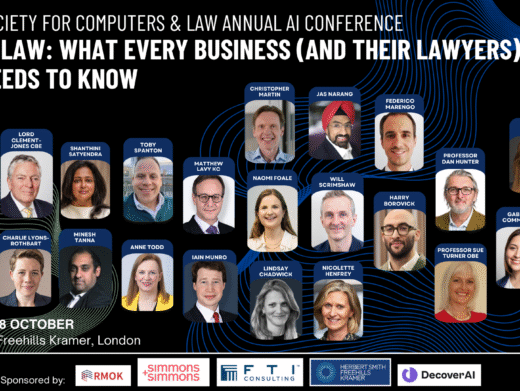The Court of Appeal has given its ruling in David Murray v Big Pictures (UK) Ltd [2008] EWCA Civ 446. The case is in fact an appeal against the decision of Patten J ([2007] EWHC 1908 (Ch)) to dismiss the claim, based on an application for summary dismissal from Big Pictures. Permission to appeal was given on the ground that the case raises an important point about the relationship between the decision of the House of Lords in Campbell v MGN [2004] UKHL 22 and that of the European Court of Human Rights in Von Hannover v Germany (2005) 40 EHRR 1.
In terms of guidance on issues of principle, the judgment of Sir Anthony Clarke MR offers slim pickings because of the limited nature of the appeal, but he does say (at [57]):
‘It seems to us that, subject to the facts of the particular case, the law should indeed protect children from intrusive media attention, at any rate to the extent of holding that a child has a reasonable expectation that he or she will not be targeted in order to obtain photographs in a public place for publication which the person who took or procured the taking of the photographs knew would be objected to on behalf of the child. That is the context in which the photographs of David were taken.’
Sir Anthony Clarke goes on (at [62] –[63]) to deal with the implications of a breach of privacy for data protection purposes:
‘If the trial judge were to hold that article 8 is engaged and that the article 8/10 balance should be struck in David’s favour, it would follow that BPL’s admitted processing of David’s personal data was unlawful. The judge expressly recognised the position in [72]. It would also follow that the processing was unfair and that none of the conditions of schedule 2 to the DPA (including the only condition relied upon, namely that in paragraph 6(1)) was met …In these circumstances, the issues under the DPA should be revisited by the trial judge in the light of his or her conclusions of fact. Those issues include the other issues considered by Patten J under this head, notably (but not restricted to) those relating to causation and damage. Given that there is now to be a trial, we do not think that the claims under the DPA should be struck out, whatever the conclusions of fact may be. They seem to us to raise a number of issues of some importance, including the meaning of ‘damage’ in section 13(1) of the DPA. It seems to us to be at least arguable that the judge has construed ‘damage’ too narrowly, having regard to the fact that the purpose of the Act was to enact the provisions of the relevant Directive. All these issues should be authoritatively determined at a trial’.




